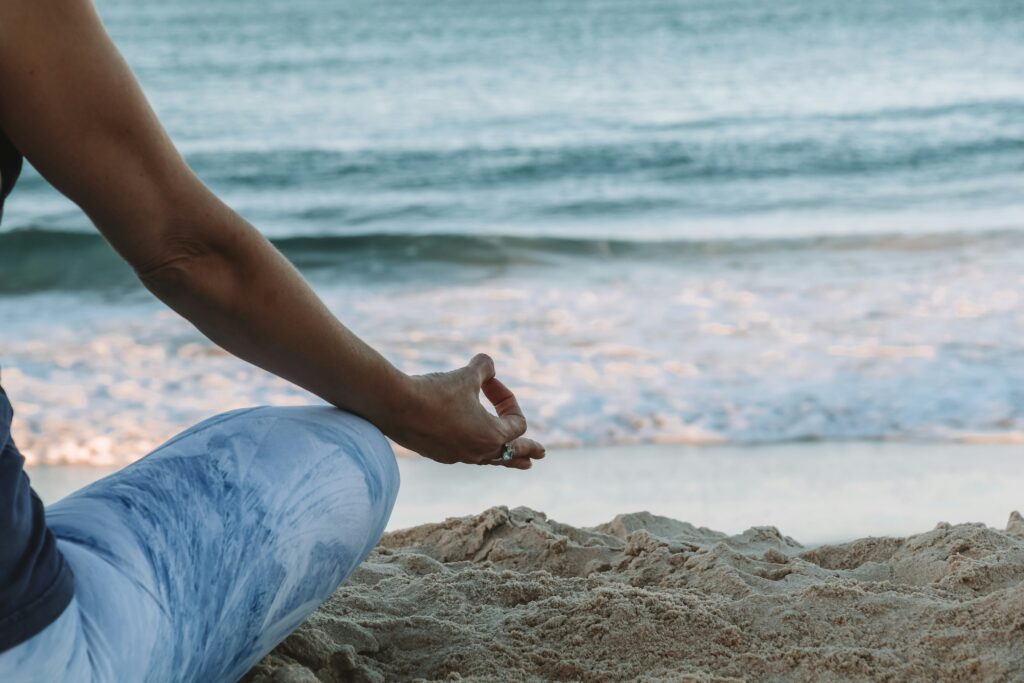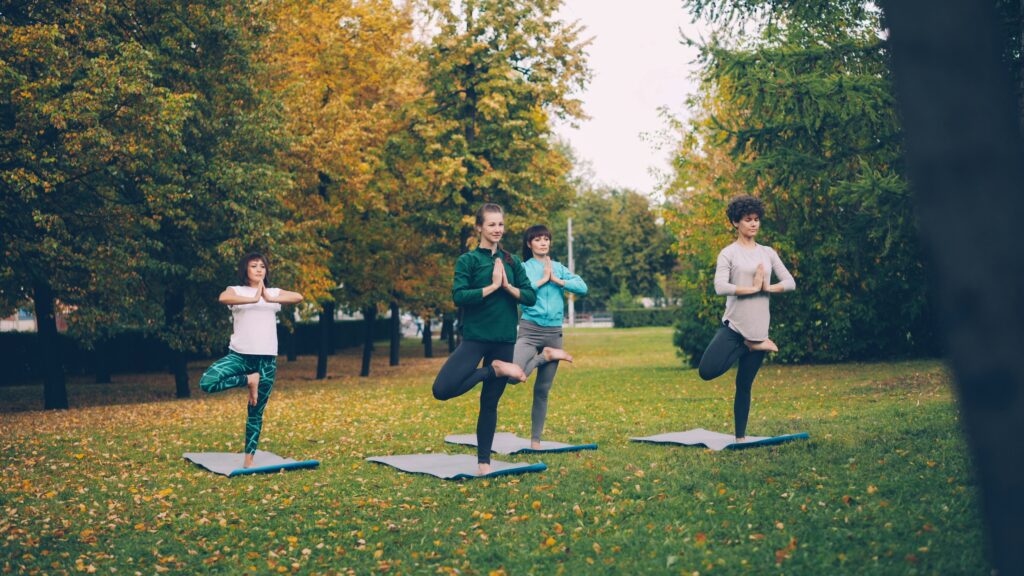In a world that never stops pinging, switching off has become the new form of self-care.
What used to sound like deprivation now feels like privilege — a way to reclaim attention in an economy built to fragment it.
Digital detox retreats are rising fast across Europe and beyond, offering something rarer than ocean views: silence that can’t be scrolled away.
This isn’t about rejecting technology. It’s about remembering what it means to be a person before being a profile.

From overload to intentional silence
Most of us spend over seven hours a day in front of screens.
Notifications shape our nervous systems: dopamine peaks, micro-anxieties, restless sleep.
A digital detox retreat interrupts that pattern by building a temporary ecosystem of presence — a place where time expands and attention becomes tactile again.
The core idea is simple: remove unnecessary input so the body can downshift.
When the nervous system stops defending against constant stimulation, deeper rest and clarity emerge naturally.
How digital detox retreats actually work
A proper retreat is more than “no Wi-Fi.”
It’s a carefully curated environment that makes disconnection safe, structured, and meaningful.
1. Intentional technology boundaries
Phones are often surrendered on arrival, or signal is cut in certain zones.
The goal isn’t punishment — it’s protection.
Without constant micro-rewards, the mind relearns stillness within hours.
2. Rhythmic programming
Days alternate between activity and reflection: morning yoga, long walks, journaling, meditation.
The structure matters — without it, silence feels like emptiness instead of rest.
3. Re-education rather than restriction
Workshops on digital hygiene, breathwork, or mindful communication teach participants how to return to the online world differently, not fear it.
4. Embodied support
From nutritious meals to natural architecture, everything in the environment removes friction.
When nothing competes for your attention, attention returns home.

Europe’s best settings for a digital detox
Europe offers a wide range of landscapes where the concept flourishes:
- The Algarve, Portugal — sea air, golden light, and retreats that blend yoga with surf and silence.
- Umbria, Italy — restored monasteries like Eremito, where phones are replaced by candlelight and Gregorian stillness.
- The Spanish Sierra Nevada — minimalist eco-lodges surrounded by pine forest and open sky.
- The Scottish Highlands — modern hermitages for creative professionals seeking deep solitude.
Each setting delivers the same principle: proximity to nature + distance from noise.
Who benefits most
Digital detox retreats are not only for tech professionals.
They serve anyone whose mind feels scattered or whose days end without a sense of completion.
They work especially well for:
- Executives or founders dealing with decision fatigue.
- Freelancers and creatives seeking mental clarity.
- People in transition — career breaks, post-burnout recovery.
- Couples wanting to reconnect beyond screens.
In short, they serve anyone who’s been living in “react mode” for too long.
Choosing the right retreat
Not all digital detox retreats are equal.
Some are luxurious wellness programs with spa access; others resemble mindfulness bootcamps.
Before booking, look for alignment with your intention — not just the view.
🕰 Duration
Three days gives a taste; a full week resets circadian rhythms.
🌿 Setting
Natural isolation supports nervous-system rest. Mountain and coastal regions work best.
🧘♀️ Program
Ensure it offers embodied practices (yoga, breathwork, hiking) and guided reflection, not just “no phone” policies.
👥 Group size
8–14 participants create balance — enough community, enough quiet.
💬 Facilitation
Experienced facilitators make all the difference. Detachment anxiety can arise; good guidance turns it into growth.
🔌 Policy transparency
You should know whether minimal communication (e.g., one emergency check-in) is allowed. True digital detox is not digital exile.

What happens to the body and brain
By the second day, most guests experience withdrawal — phantom vibrations, restlessness, dreams full of inboxes.
By day three, breathing slows, sleep deepens, and perception widens.
It’s not mystical; it’s biology.
Without constant dopamine spikes, the prefrontal cortex — the part that makes long-term decisions — wakes up.
Stress hormones fall, digestion improves, and creativity returns.
Studies show that even 72 hours of screen deprivation can reset attention span and raise mood scores.
Essentially, your nervous system moves from fight-respond-scroll to rest-digest-feel.
Preparing for disconnection
- Tell colleagues or clients you’ll be offline — boundaries are part of the detox.
- Pack a notebook instead of a tablet.
- Print your travel details.
- Journal your intentions: what do you want to remember once silence starts?
- Expect discomfort — boredom is the doorway, not the obstacle.
By treating the retreat as training, you ensure that its benefits follow you home.
Life after the retreat
Returning to the online world can feel like walking into bright light after a dark room.
Good programs offer integration workshops — simple habits to prevent relapse:
- Scheduled “phone-free hours.”
- Conscious media consumption (no scrolling before bed).
- Regular micro-detoxes: one day a week fully offline.
The aim isn’t abstinence; it’s sovereignty. You decide when to connect, not the algorithm.
Why digital silence feels luxurious
Luxury used to mean excess; now it means absence.
Absence of noise, urgency, performance.
When you remove the feed, you rediscover the rhythm of your own mind — slow, nonlinear, alive.
True luxury is uninterrupted attention: the ability to taste a meal without photographing it, to walk without headphones, to listen without composing replies.
That’s what these retreats cultivate.
They remind you that presence, not productivity, is the real indicator of success.
The future of travel is mindful connection
As the wellness industry matures, digital detox retreats are evolving too.
The next wave blends neuroscience and hospitality — think mindfulness-based design, blue-light-free architecture, and post-retreat mentorships.
But their essence stays timeless: rest as resistance.
In a culture addicted to immediacy, slowness becomes subversive.
Disconnecting isn’t withdrawal; it’s leadership of the self.
